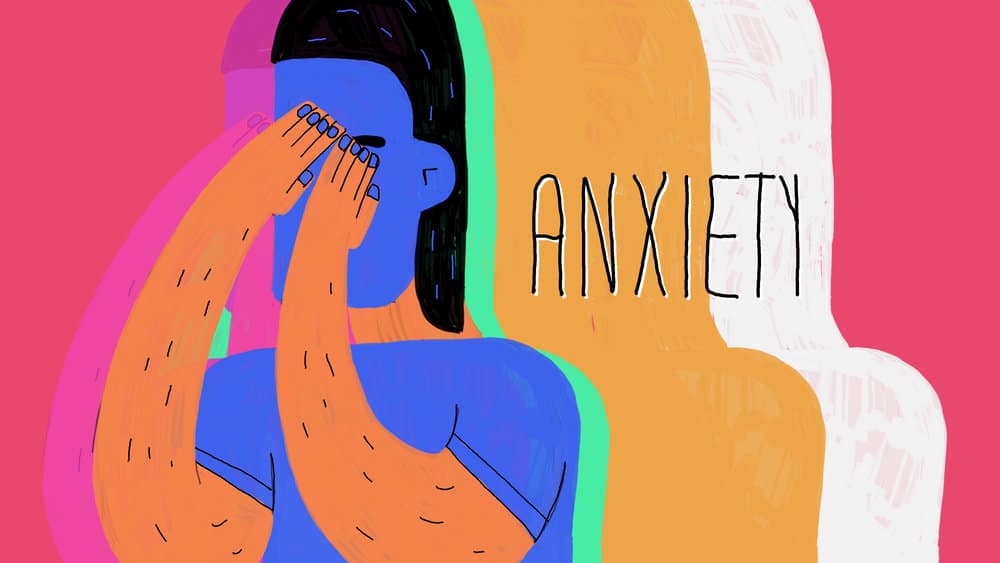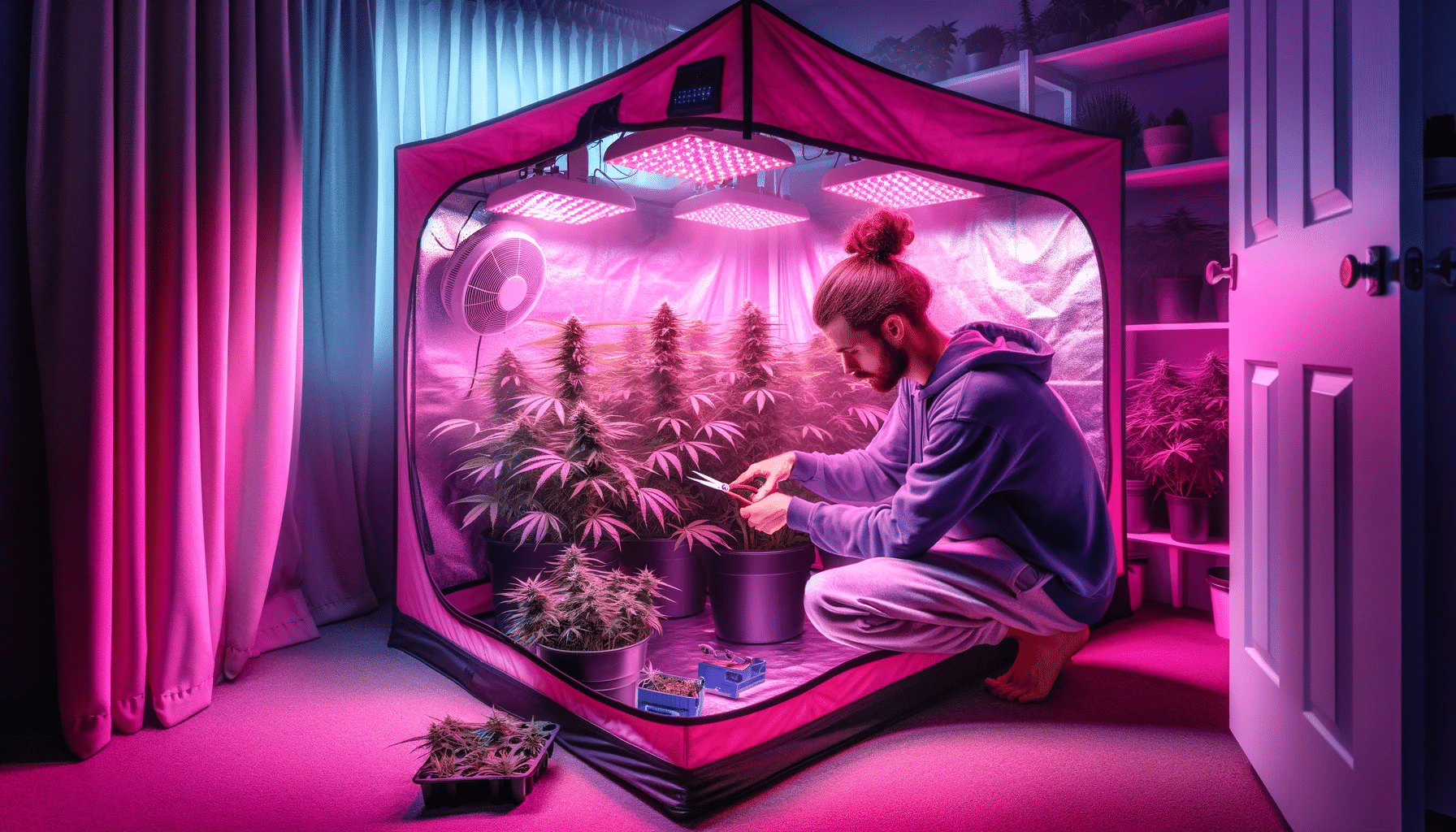Devils Lettuce

The term "Devil's Lettuce," now often used humorously or ironically, traces its roots back to the early 20th century, during a period of intense anti-cannabis sentiment in the United States. This era was marked by the sensationalist propaganda film "Reefer Madness," released in 1936, which portrayed cannabis as a dangerous drug that led to insanity, criminality, and moral decay. The movie was part of a broader campaign to demonize cannabis, fueled by a combination of racial prejudices, political agendas, and misinformation. The term "Devil's Lettuce" was coined as part of this effort to vilify cannabis by associating it with evil and immorality.
Despite its ominous origins, the perception of marijuana has undergone a significant transformation. Today, it's recognized for its psychoactive properties, resulting from a complex blend of cannabinoids interacting with the body's endocannabinoid system. These interactions can lead to a wide range of effects, from the energizing and uplifting sensations associated with Sativa strains to the calming and sedative effects of Indica strains, with Hybrid strains offering a mix of both. Methods of consumption have also evolved, extending beyond smoking to include vaporizing and edibles.
The journey of cannabis, from being the so-called "Devil's Lettuce" to a plant appreciated for its diverse therapeutic and recreational benefits, underscores the shift in societal attitudes and the growing acceptance of cannabis in many parts of the world. This change is a testament to the complex history of cannabis and the evolving understanding of its effects and potential benefits.












